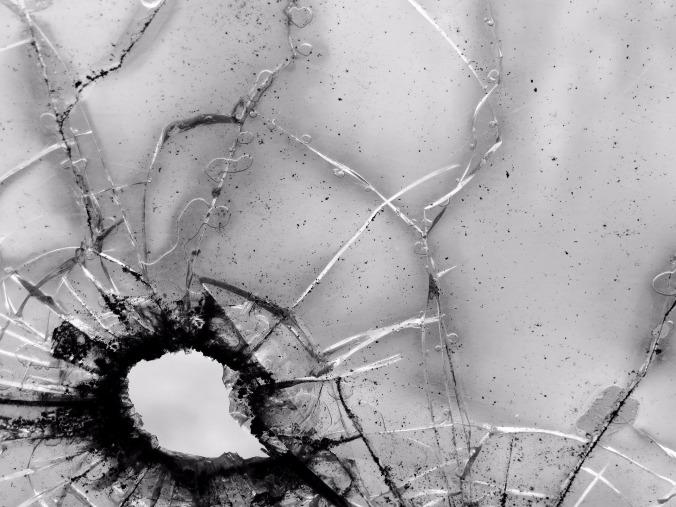I’m happy to report that my guest post at Fiona Quinn’s excellent ThrillWriting website is now live. I review the three most common biffs fiction writers make when depicting firearms, knives and other weapons. Then, I berate you for making those mistakes as a show of my intellectual superiority without offering any ways to improve. Finally, I suggest that you never write fiction again, divorce your spouse out of shame, promptly renounce your citizenship and move to Antarctica.
Nah, I’m kidding. You’re great, although in all honesty you probably could find a distraction-free writing environment in Antarctica. I just never quite fit into the “know-it-all expert” T-shirt, despite the evidence. There’s always, ALWAYS, more to learn and discover. I see myself more as a communicator of this information than someone on the same tier as Massad Ayoob or Jeff Cooper.
Head over here to read the post, How to Avoid the 3 Most Common Weapons Mistakes Writers Make. I promise you’ll come away with more than just a literary guitar solo.





